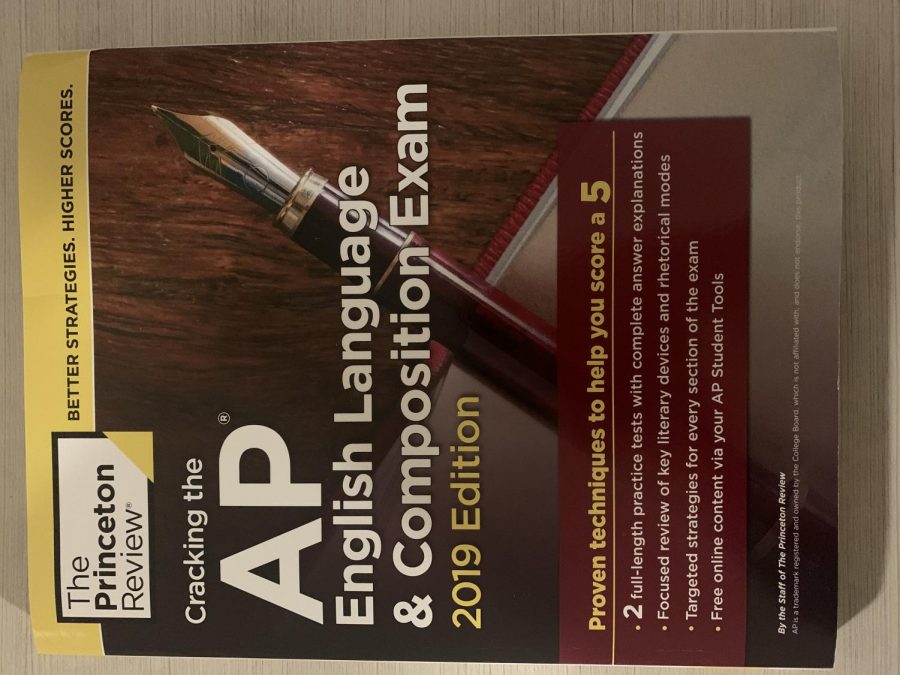Quarter schedule adds new wrinkle to AP classes
Typical AP class studies collide with BSM’s new quarter COVID schedule.
The phrase “AP class” is daunting on its own, but when you add BSM’s quarter system to the equation, it only gets more complex. This year, another challenging component has been added for AP students and teachers at BSM: taking AP classes on a quarter system. From an outside perspective, this additional variable may not sound very disruptive, but it certainly plays a big role throughout the year for both AP students and teachers.
In a normal year, most AP classes are two-semester-long courses that are taken back to back, with a national exam in May to conclude the course. This year, AP classes are still mostly two-semester-long courses, but they’re squeezed into two eight- or nine-week-long quarters, and, for a sizable portion of students, the quarters are not back-to-back. This means there is a full quarter standing in between the AP classes, which can be very taxing on both students and teachers in terms of covering the entirety of the course information before the national exam in May.
Debatably the biggest downside of taking AP classes on the quarter system is also the biggest upside for some students–not having all their AP classes at once. It gives students a nice chance to breathe and lighten up the workload. “In the 1st and 3rd quarter I have AP Calculus AB and AP Chemistry. In the 2nd and 4th quarter I have AP English Language and Composition–I am very glad I don’t have them all at once,” junior Nicole Doering said.
Although it’s nice to break up the classes into quarters, it makes the quarters that you do have the classes very difficult and information packed. Trying to fit a semester’s worth of information into eight or nine weeks is incredibly challenging for not only students but especially for teachers. “I have heard from the teachers that the planning that goes into doing this block schedule is really draining, as teachers are feeling pressure to get through all of the content they would in a typical year,” BSM’s AP coordinator and counselor Amanda Anderson said.
One of the major components of taking AP classes is being able to take the national exam(s) in May. Normally, the second semester of AP classes would be mostly wrapped up by the time the national exams roll around, since the second semester extends into June. This year, especially for students and teachers that have AP classes during the fourth quarter, wrapping up right before the exam is unlikely and practically impossible to happen.
But it’s not all downhill. The College Board has recently announced that there will be two contingency testing dates for each subject: one in the second half of May and one in the first half of June. “These contingency dates will be very important for our 4th quarter AP courses, as they won’t finish with the curriculum in time for students to take the regularly scheduled AP exams,” Anderson said.
The College Board has also announced that the national exams for the 2020-2021 school year will cover the full scope of course content and skills, which are most similar to the national exams that were given in non-pandemic years.
Since classes this year are 80 minutes long instead of 40 minutes long, it gives some teachers more time to clarify the course material and work with their students. “I like the longer classes. I can help clarify content for individual students before they leave and for chemistry, [and] the block schedule works nicely for planning labs,” AP chemistry teacher Lisa Bargas said.
Although 80-minute classes provide extra time to pack in information and allow for work time, they can also be draining for both students and teachers. “I like having 80 minutes … but I imagine for some students, going hard at AP Chemistry for 80 minutes can be tiring,” Bargas said.
Despite all the modifications that have been made to BSM’s schedule, AP students and teachers have remained focused, productive, and resilient. After all, there are some silver linings to it all. “I have heard that students are liking that they are only having to concentrate on three or four subjects at a time rather than six or seven,” Anderson said.






































![Teacher Lore: Mr. Hillman [Podcast]](https://bsmknighterrant.org/wp-content/uploads/2025/03/teacherlorelogo-1200x685.png)




